I recently ran into a Yashica Mat 124 for sale at a local camera store. Having spent way too much time browsing endless listings for Seagull 4As (which have seemingly only increased in price,) Lomo Lubitels, and various other budget medium format TLRs, the money in my pocket seemed to instantly start burning a hole. I put the camera back down at that moment, but soon returned to come back for it. Something about its bruised and battered outer shell really spoke to me, and for better or worse, this is a pattern I’ve seen in a lot of my gear purchases. As much as I love a pristine example of a camera as much as the next guy, the cliche of a beat-up camera having a story to tell brings out something within me. Intrigue, appreciation, interest? While I can’t answer that definitively it does tend to draw me in. On my walk back over to buy the camera I had somewhat hoped someone else would’ve snagged it to prevent my immature purchase, but when I arrived it was assuredly still there waiting for me. After the store owner confirmed it was fully functional I left with the Yashica and a roll of Portra 160 in my hand.
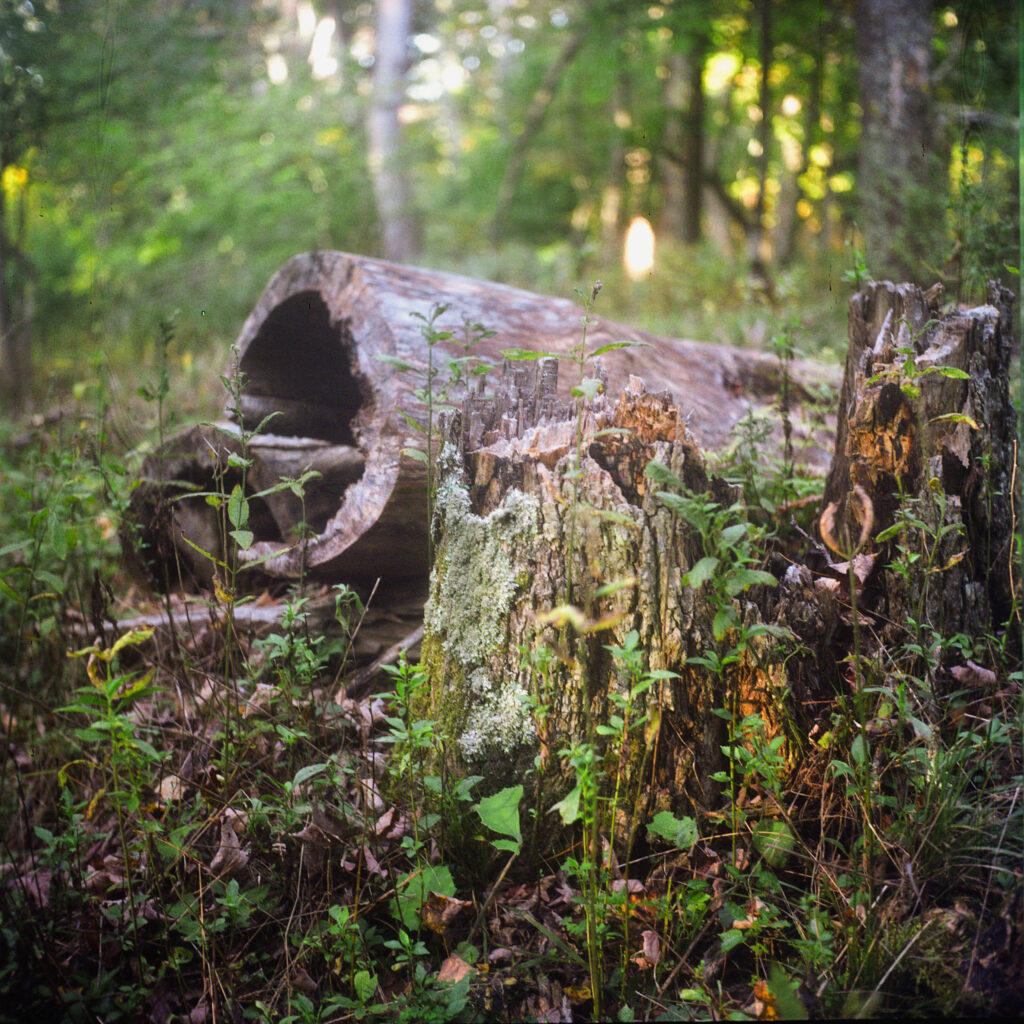
As much as I wanted to, I didn’t start shooting right there. Having photographed my immediate area a bit too in-depth to want to waste on my first roll of 120, (in a 120 camera), I decided to wait until an upcoming photo walk with the photography club. Despite knowing I would not shoot the camera for roughly a week and a half I still carried the Yashica nearly everywhere, peering down into the ground glass to compose so many shots that I wouldn’t take.
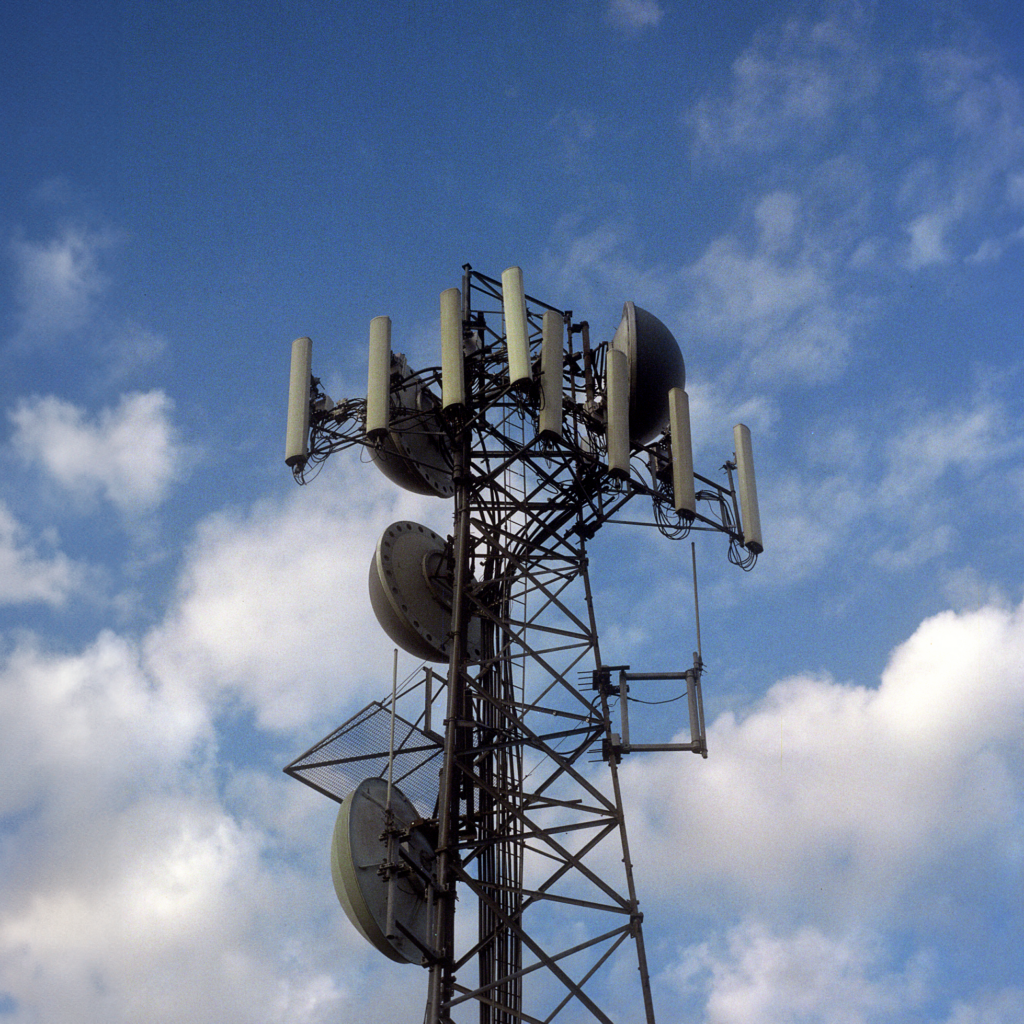
After finally getting to the mountain with everyone, we finally started our short hike to the top. While I was aware of the flipped view for framing, from both in my time messing around with this Yashica and a brief run in with a Kodak Brownie Hawkeye, I still caught myself tripping up and turning the camera the wrong way just from muscle memory. Nonetheless, the 80mm f2.8 viewing lens rendered scenes beautifully and was (and still is!) a big part of the fun for taking photos with a TLR. Seeing each frame through the ground glass feels very different than through the microprism of an SLR. The projection onto the ground glass makes you feel as if you are viewing a scene, rather than just the world directly.
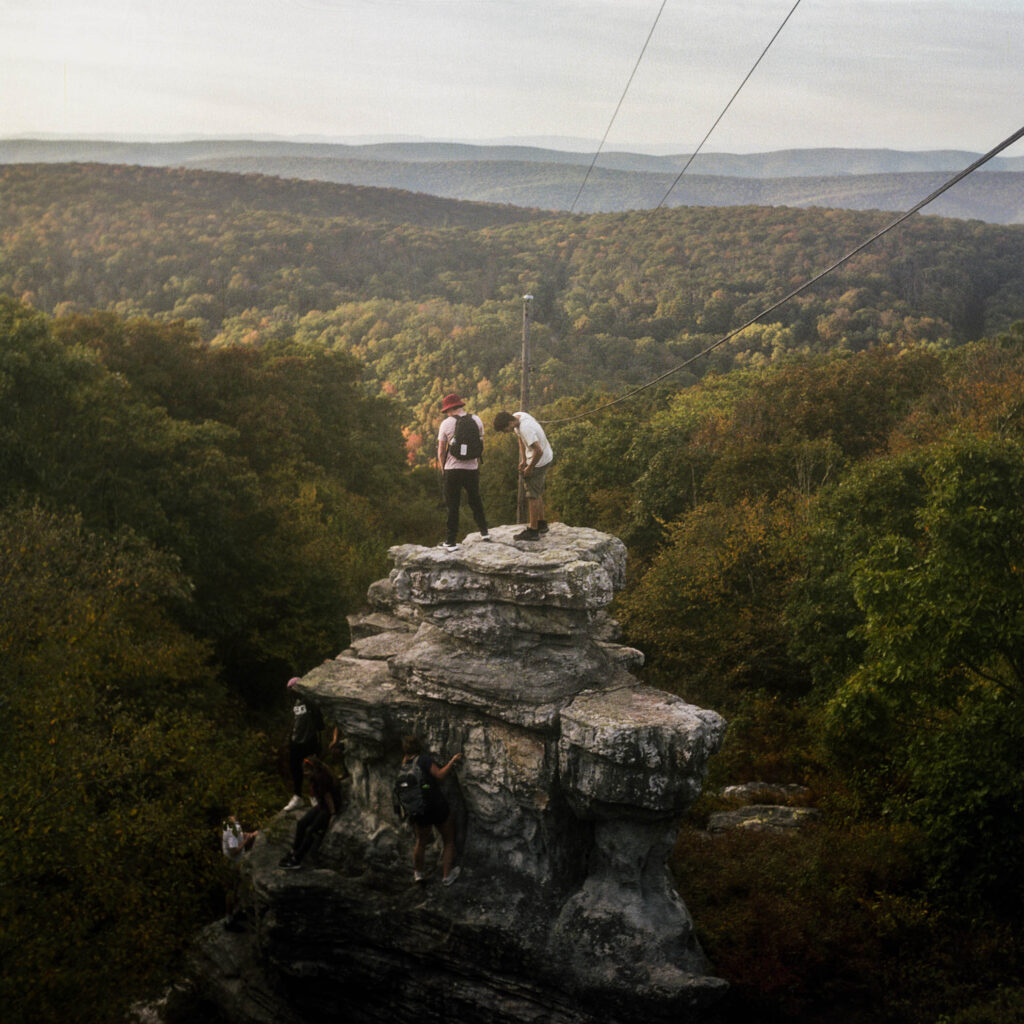
The view at the top of the mountain was beautiful and while I was pleased with the way the Yashica rendered the landscape, I think I was more happy with the work I did on my K1000 with a 19mm + 70-210 combo. Nonetheless, the focal length of the Yashica more matches my choices for street photography. The Yashica provides a nice, much slower pace to street work which makes me take more time to either interact with the subject or choose a slower scene.
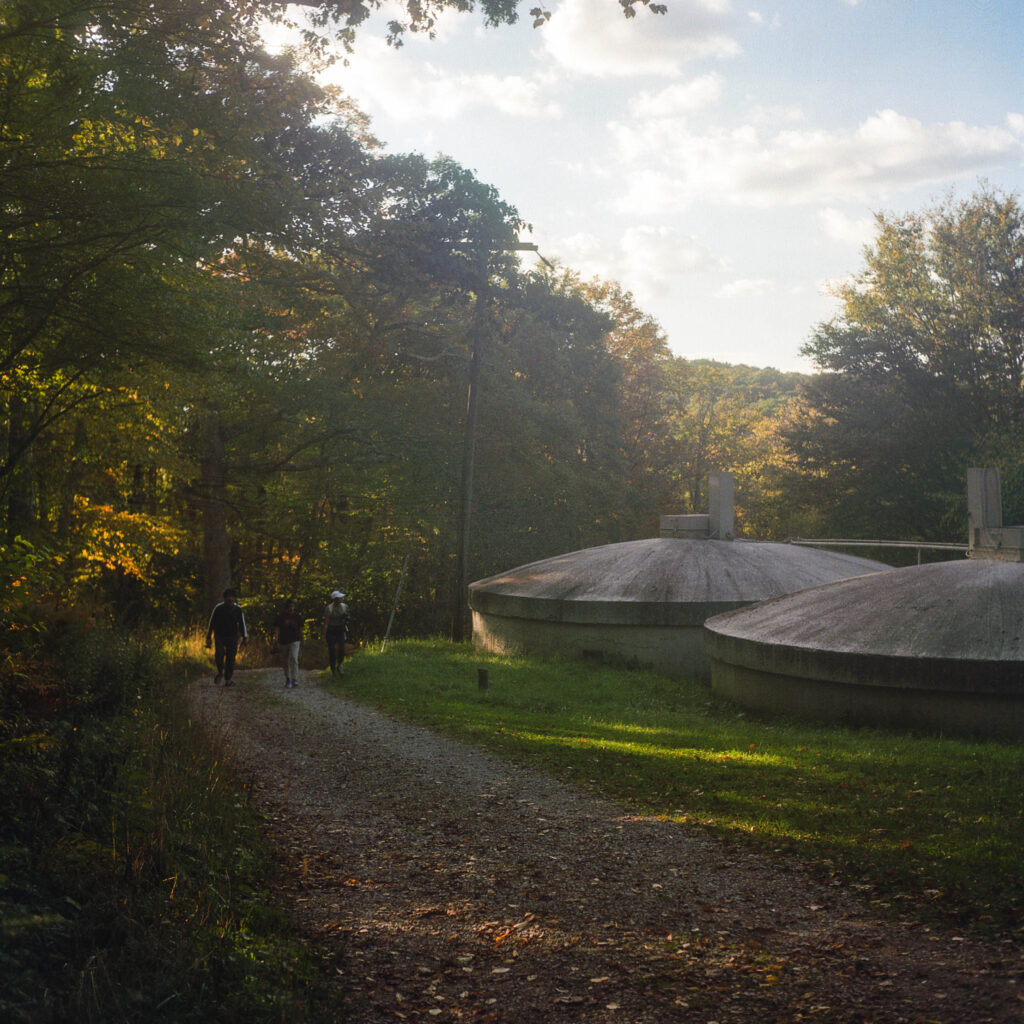
Overall, I’m glad to find the Yashica works exactly as it should with no shutter (or other) issues. While landscape has never been my thing, I’m pleased from the shots I got even just from a test roll. In the time after the test roll, I’ve also been taking the camera around for street photography and it’s been a nice change of pace and form factor.
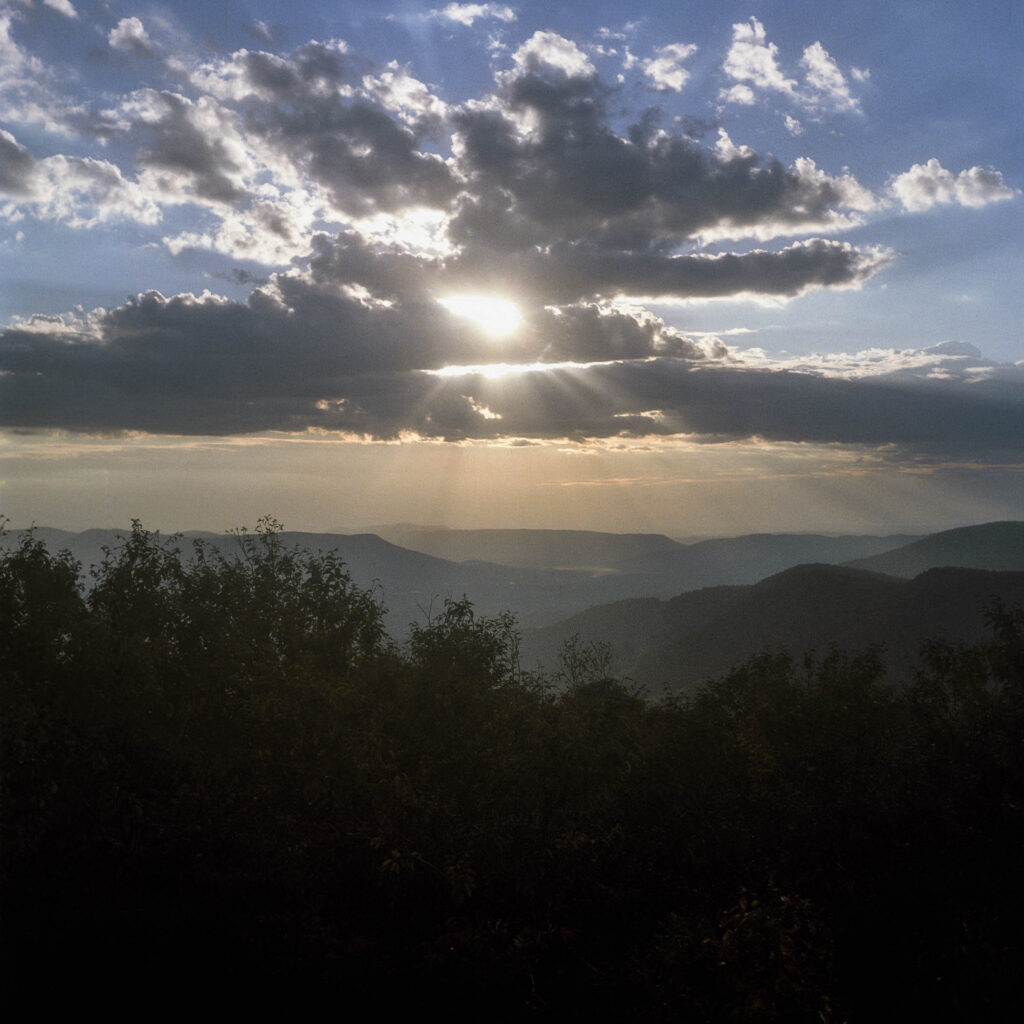
If you’re interested in more of my photography, check out my Instagram!
Share this post:
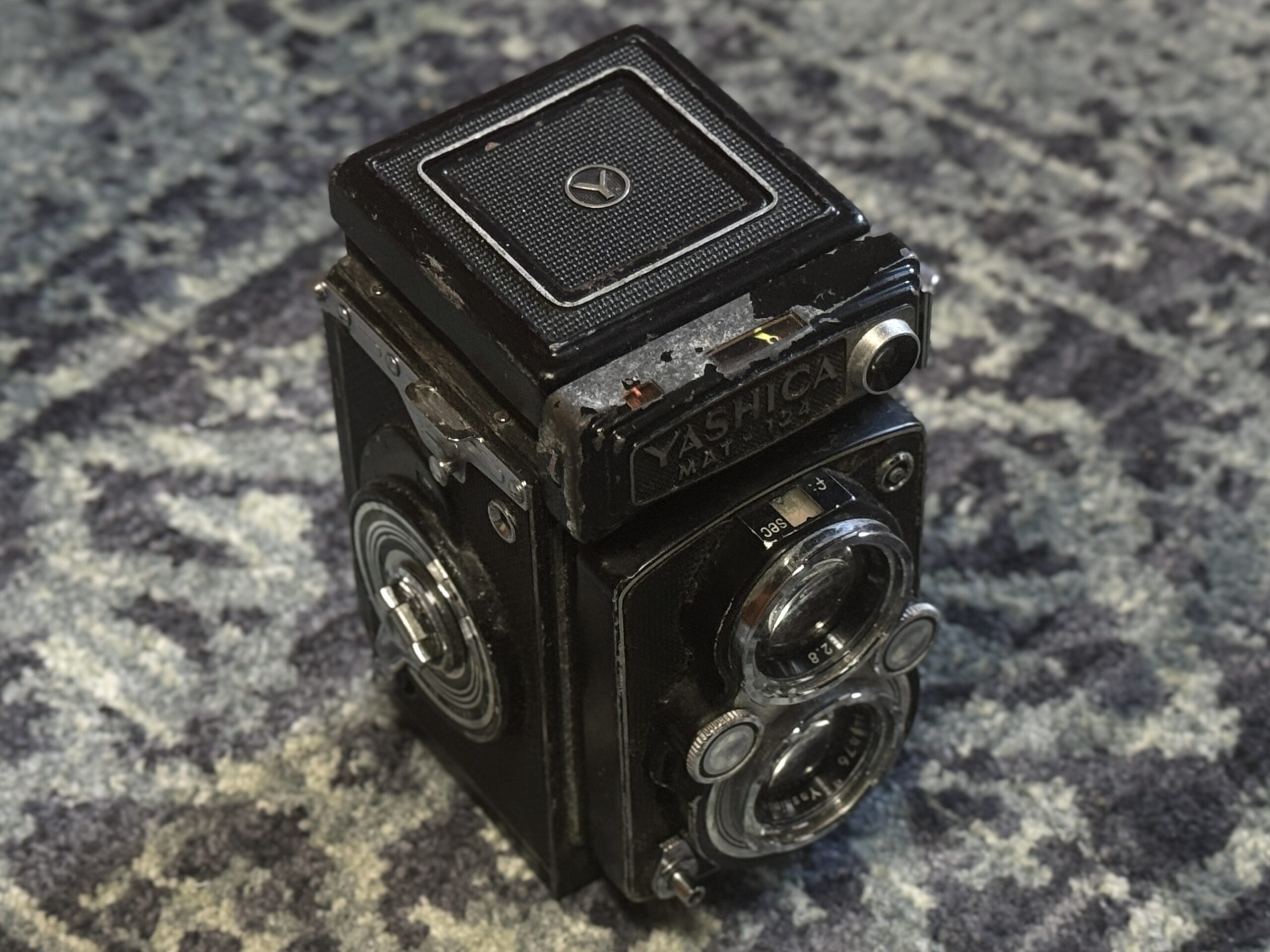
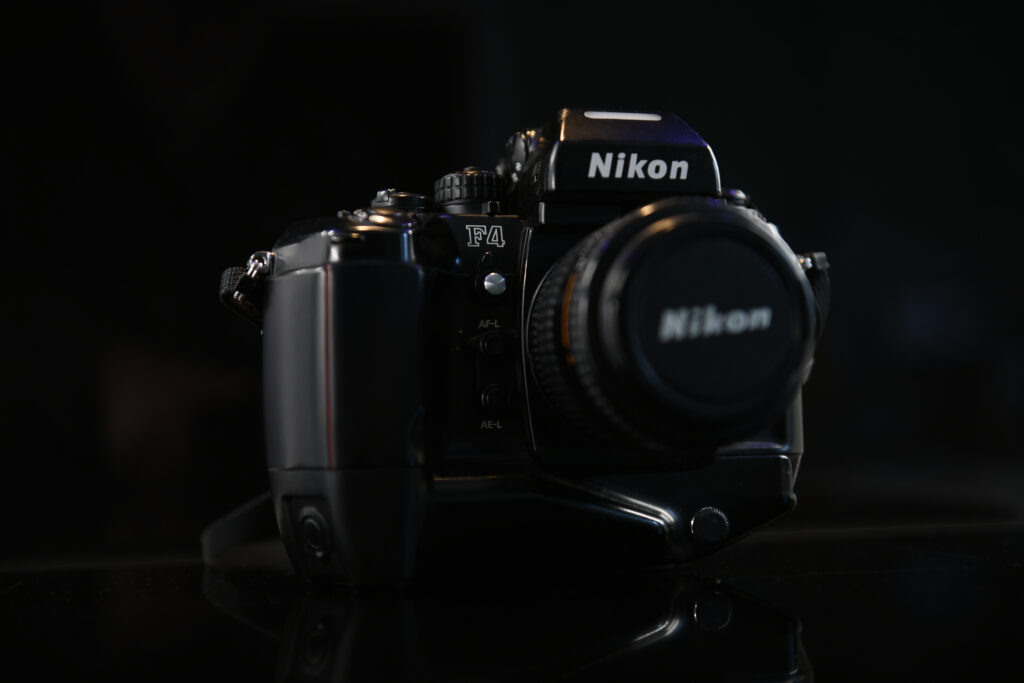
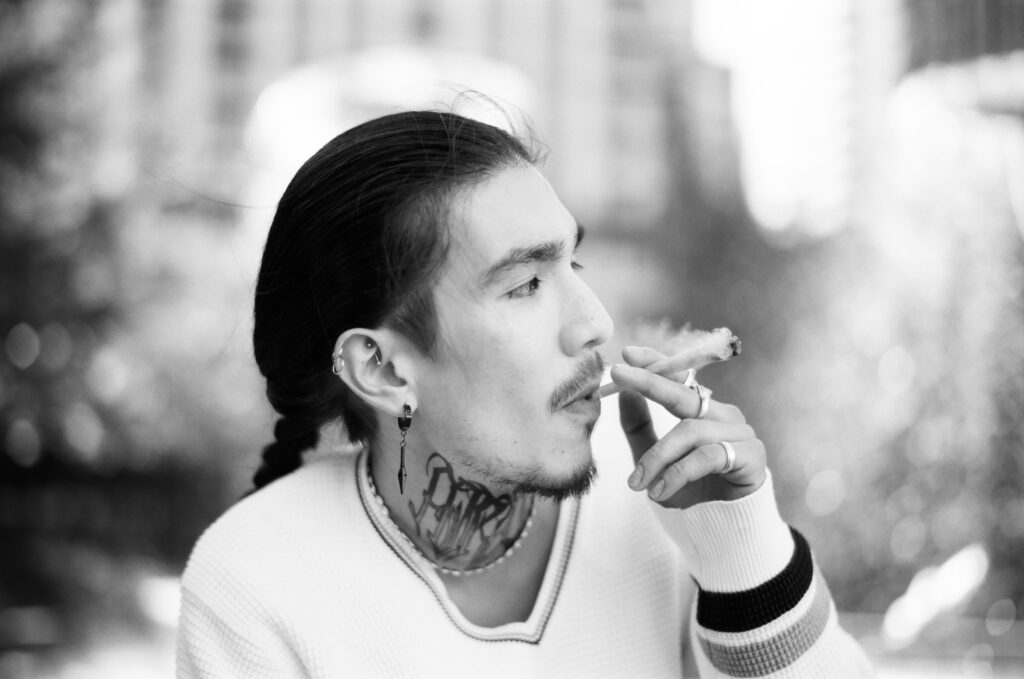
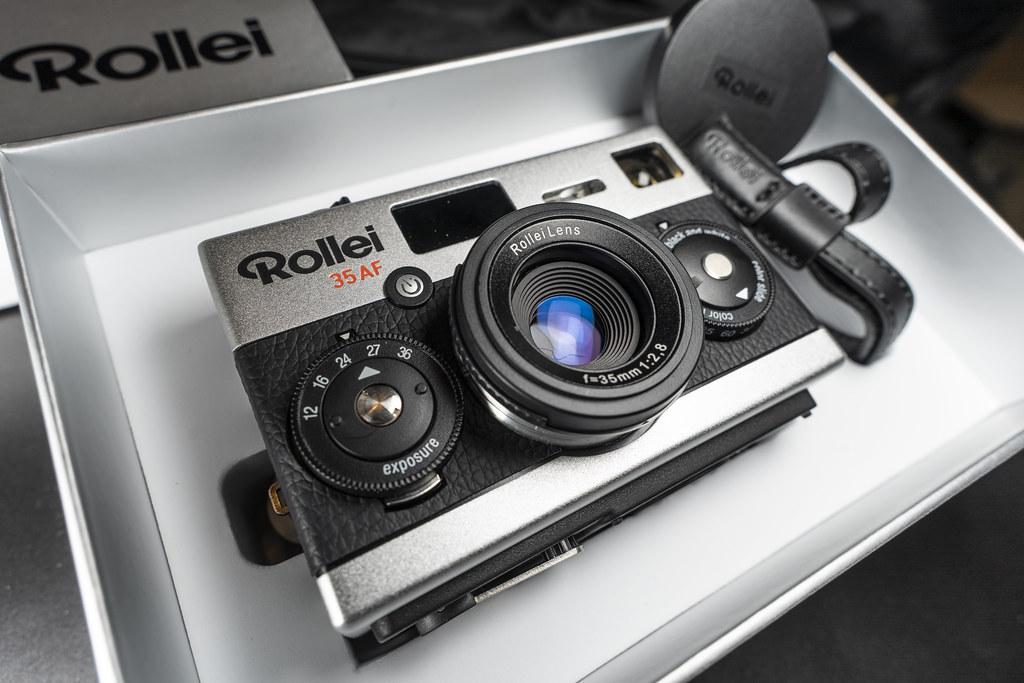
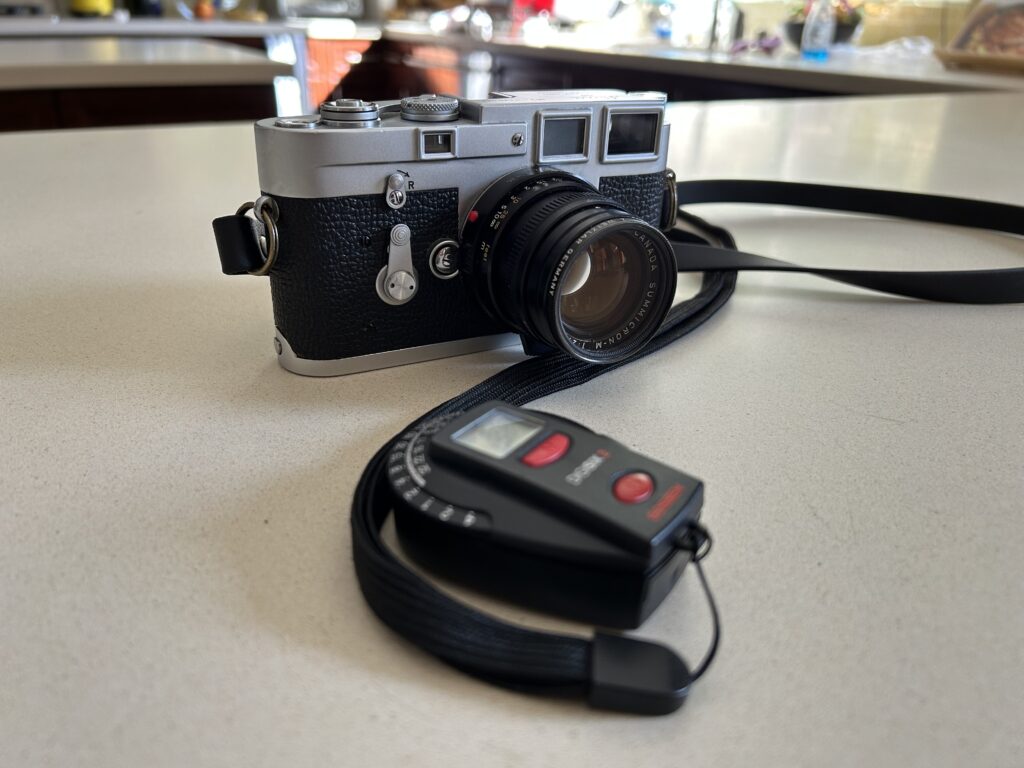




Comments
Dave Powell on 5 Frames with a Yashica Mat 124
Comment posted: 13/11/2024
Comment posted: 13/11/2024
Jeffery Luhn on 5 Frames with a Yashica Mat 124
Comment posted: 13/11/2024
Comment posted: 13/11/2024
Eric on 5 Frames with a Yashica Mat 124
Comment posted: 13/11/2024
Tony Warren on 5 Frames with a Yashica Mat 124
Comment posted: 13/11/2024
Comment posted: 13/11/2024
Louis A. Sousa on 5 Frames with a Yashica Mat 124
Comment posted: 16/11/2024